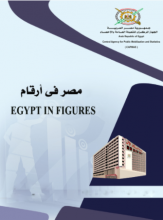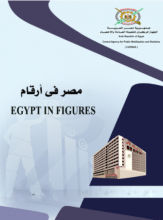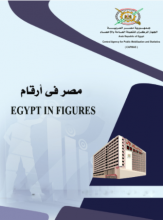Trade
Walid Abdmoulah, Belkacem Laabas , Arab Planning Institute , 2010
The paper used a host of quantitative indicators that summarize the extent of Arab export competitiveness. The data used in the analysis are based on trade flows disaggregated at the three level digits (ISTC) for the years 2000 and 2006( ). The results show that most Arab economies face difficulties in sustaining and developing a competitive trade sector because of lagging industrialization and slow structural transformation, weak supply of exportable commodities, excess reliance on natural resources and primary products in low technology sectors, and low level of integration in the global production chains.
Related Topics
-
Egypt in Figures - Population 2022
2022"Egypt in Figures" is a booklet issued each year by the Central Agency for Public Mobilization and Statistics (CAPMAS). It contains the most...Read More -
Egypt in Figures - Education 2022
2022"Egypt in Figures" is a booklet issued each year by the Central Agency for Public Mobilization and Statistics (CAPMAS). It contains the most...Read More -
Egypt in Figures - Economy 2022
2022"Egypt in Figures" is a booklet issued each year by the Central Agency for Public Mobilization and Statistics (CAPMAS). It contains the most...Read More


